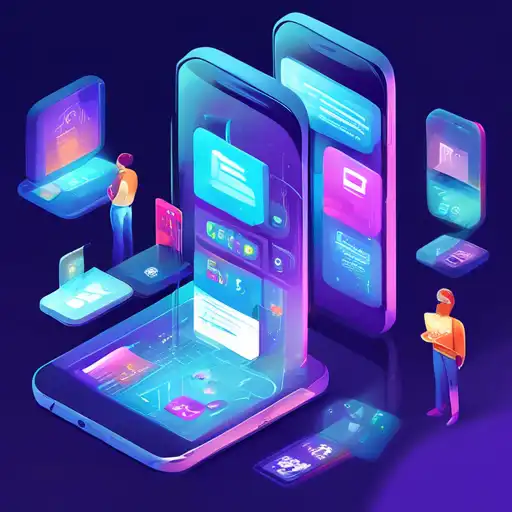Introduction to Mobile Development Trends
The mobile development landscape is constantly evolving, with new technologies and methodologies emerging at a rapid pace. As we look towards the future, several key trends are poised to shape the way developers create and users interact with mobile applications. This article explores these trends, offering insights into what's next for mobile development.
1. Cross-Platform Development Gains Momentum
One of the most significant trends in mobile development is the shift towards cross-platform frameworks. Tools like Flutter and React Native are enabling developers to write code once and deploy it across multiple platforms, significantly reducing development time and costs. This approach not only streamlines the development process but also ensures a consistent user experience across all devices.
2. The Rise of 5G Technology
The rollout of 5G networks is set to revolutionize mobile development by offering unprecedented speeds and lower latency. This will enable more complex and data-intensive applications, such as augmented reality (AR) and virtual reality (VR) apps, to run smoothly on mobile devices. Developers will need to adapt their strategies to leverage the full potential of 5G.
3. Artificial Intelligence and Machine Learning Integration
Artificial intelligence (AI) and machine learning (ML) are becoming increasingly integrated into mobile apps, offering personalized user experiences and advanced functionalities. From voice recognition to predictive analytics, AI and ML are opening up new possibilities for mobile applications.
4. Enhanced Focus on App Security
As mobile apps become more integral to our daily lives, security concerns are growing. Developers are prioritizing secure coding practices and incorporating advanced security features to protect user data. This trend is expected to continue as privacy regulations become stricter worldwide.
5. The Growth of Instant Apps
Instant apps allow users to try out an app without downloading it, offering a glimpse into its functionality. This trend is particularly appealing for e-commerce and gaming apps, providing a seamless way to engage users and increase conversions.
6. Wearable Technology Integration
The popularity of wearable devices is influencing mobile development, with more apps being designed to integrate with smartwatches and fitness trackers. This trend highlights the importance of creating apps that offer value across multiple devices.
Conclusion
The future of mobile development is bright, with numerous trends shaping the industry. From cross-platform development to the integration of AI and ML, developers have a wealth of opportunities to innovate. By staying ahead of these trends, developers can create apps that meet the evolving needs of users and stand out in a competitive market.
For more insights into the latest in technology and development, check out our Tech Trends section.
